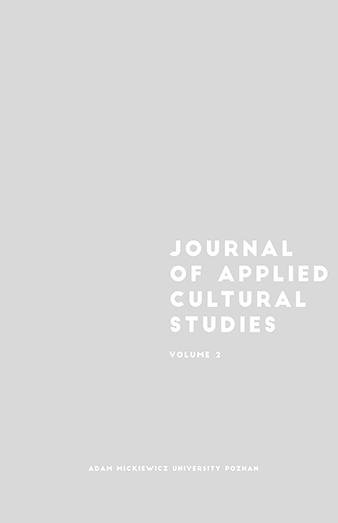Memory That Haunts and Memory That Saves – the Case of Louise Erdrich and Cristina García
Memory That Haunts and Memory That Saves – the Case of Louise Erdrich and Cristina García
Author(s): Agnieszka Gondor-WierciochSubject(s): Gender Studies, Cultural history, Customs / Folklore, Studies of Literature, Novel, Cultural Anthropology / Ethnology, Identity of Collectives
Published by: Uniwersytet Adama Mickiewicza
Keywords: native American literature; ethnic novel; memory; native American; Cuban American; history; transculturation;
Summary/Abstract: In my article, I focus on the different trajectories of cultural memory in the novels of Native American Louise Erdrich’s The Painted Drum (2005) and Cuban-American Cristina García’s The Agüero Sisters. Their protagonists not only have to face the individual trauma of the past, but also the collective trauma of their people. Both Faye Travers and Old Shaawano in Erdrich’s novel live on in the memories of their beloved deceased, although they sometimes may not realize this, and this is what they have in common with the protagonists of García’s novel, Constancia and Reina Agüero and their father Ignacio. All these characters try to cope with their grief in different ways, but in order to face the ghosts of their past, they need to excavate the buried histories of America, which are connected to some extent with the European conquest and colonization. Thus they travel in time and space to find out that the texture of their memories is grafted onto religious syncretism (the animistic tradition of Ojibwe in the case of Erdrich and the rites of santería in the case of García). The narratives include both feminine and masculine memories which are contrasted, but not according to the division lines typical for radical feminism.
Journal: Journal of Applied Cultural Studies
- Issue Year: 3/2017
- Issue No: 1
- Page Range: 31-50
- Page Count: 20
- Language: English

